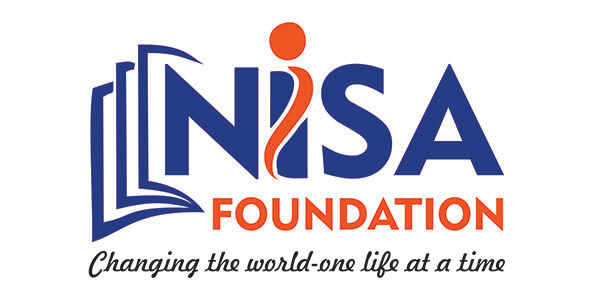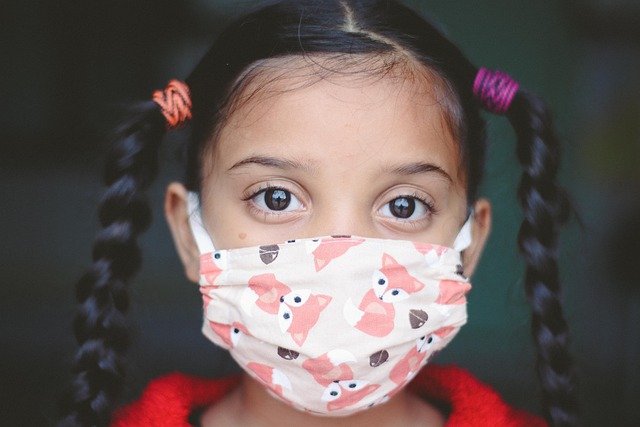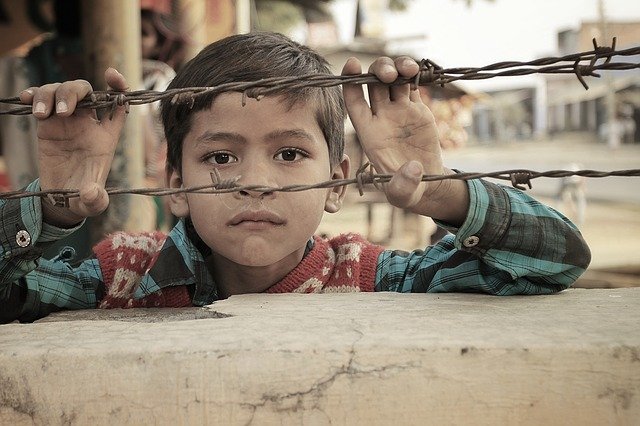The coronavirus is spreading in Pakistan at one of the fastest rates in the world, and overwhelmed hospitals are turning away patients. But the government is pushing ahead with opening up the country, trying to salvage a near-collapsed economy where millions have already slid into poverty from pandemic restrictions.
Further complicating the dilemma, as the government pins its main hope for stemming the virus’ rampage on social distancing and masks, many in the public ignore calls to use them.
Millions crowd markets and mosques. Hard-line clerics tell followers to trust that faith will protect them. Many call the virus a hoax. Even some high-profile officials dismiss warnings, saying traffic accidents kill more people.
The rate of new cases in Pakistan leaped from around 2,000-3,000 a day in late May to as high as 6,800 a day in mid-June. Deaths are nearing 150 a day. So far, more than 180,000 people have been infected in this country of 220 million, and the government on Sunday said that the number could total 1.2 million people in August. Authorities have reported 3,590 deaths.
The South Asian country is a prime example of fragile developing economies that cannot afford an open-ended strict lockdown due to the dire consequences it could cause to society.
Prime Minister Imran Khan said the reluctance to impose a complete lockdown saved the country from economic collapse. In televised speeches, he has taken to pleading with Pakistanis to wear masks, ignore countless conspiracy theories and take the virus seriously.
As cases spiraled, the government last week shut down some districts in Islamabad and other cities where fresh outbreaks have been identified. But otherwise it has largely continued with lifting coronavirus restrictions.
The restrictions were initially imposed in mid-March, but they were then lifted bit by bit in the following weeks. Now, most businesses are reopened, including markets and malls, as is public transportation. Schools, restaurants and wedding halls remain closed, gyms had to be shut down again, but mosques never closed because of clerics’ refusal. Last week, the border with Iran – blamed as the source of the first infections here — was reopened for trade only.
At the same time, hospital beds are filling up.
Zeeshan Hassan, a local businessman, said his uncle was turned away from three hospitals in the southern city of Multan, an area heavily affected by COVID-19 cases. Administrators said they had neither a bed nor the medicines to treat him, Hassan said. His uncle was finally admitted to a government hospital, where he died within 15 hours.
Health professionals are being infected at an alarming rate – more than 3,000 testing positive so far with more reported each day, said Dr. Qaiser Sajjad, secretary-general of the Pakistan Medical Association.
Even before the pandemic, Pakistan lacked enough trained health personnel to https://nisafoundation.org/wp-content/uploads/2021/08/slums-2635238_640-1.jpgister equipment like ventilators. With fewer than 3,000 acute care beds for a population of 220 million people, Sajjad warned the system was teetering on collapse.
Source Credits : Cgtn News




